The Boeing B-29 Superfortress is a four-engine propeller-driven heavy bomber designed by Boeing flown primarily by the United States during World War II and the Korean War. It was one of the largest aircraft operational during World War II and very advanced for its time. It featured a pressurized cabin, all dual wheeled, tricycle landing gears, and a remote, electronic fire-control system that controlled four machine gun turrets. A manned tail gun installation was semi-remote. The name "Superfortress" continued the pattern Boeing started with its well-known predecessor, the B-17 Flying Fortress. Designed for high-altitude strategic bomber role, the B-29 also excelled in low-altitude nighttime incendiary bombing missions. One of the B-29's final roles during World War II was carrying out the atomic bomb attacks on Hiroshima and Nagasaki.
Specifications
General Characteristics
- Successors 1 airplane(s)
- Created On Android
- Wingspan 91.6ft (27.9m)
- Length 77.9ft (23.8m)
- Height 27.8ft (8.5m)
- Empty Weight 9,606lbs (4,357kg)
- Loaded Weight 17,056lbs (7,736kg)
Performance
- Power/Weight Ratio 0.79
- Wing Loading 6.3lbs/ft2 (30.7kg/m2)
- Wing Area 2,716.7ft2 (252.4m2)
- Drag Points 10399
Parts
- Number of Parts 183
- Control Surfaces 5
- Performance Cost 647

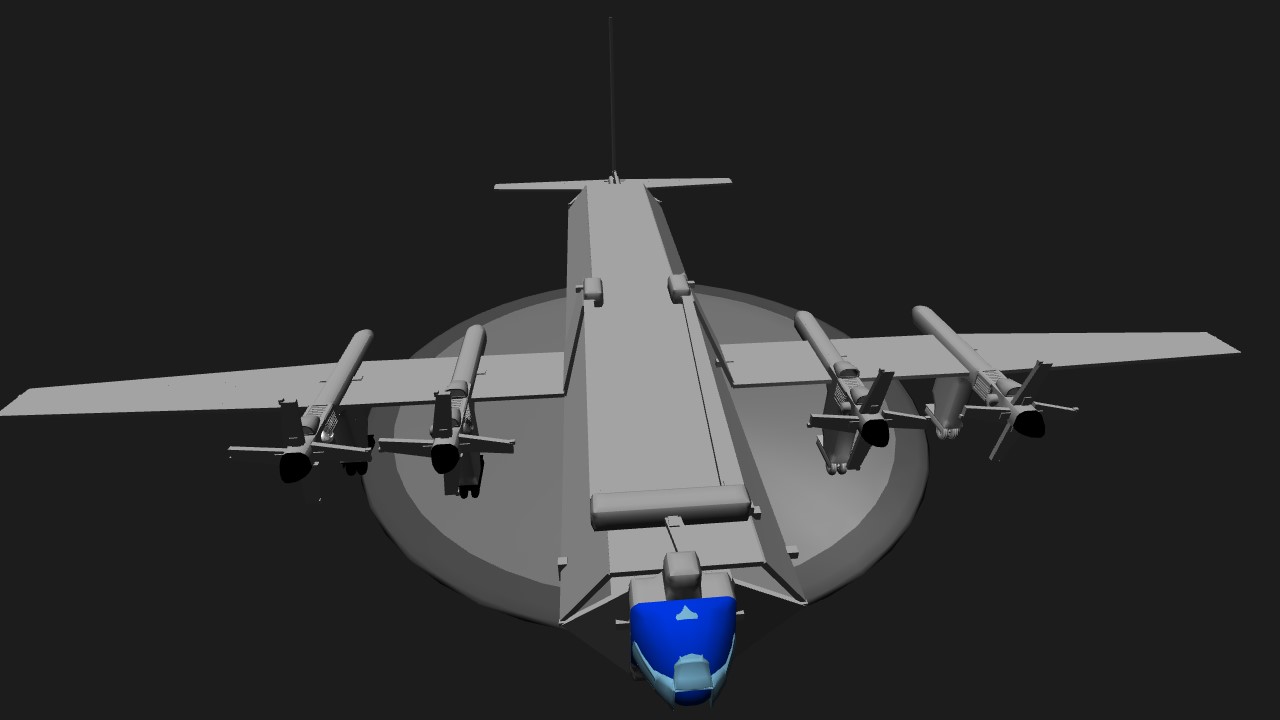
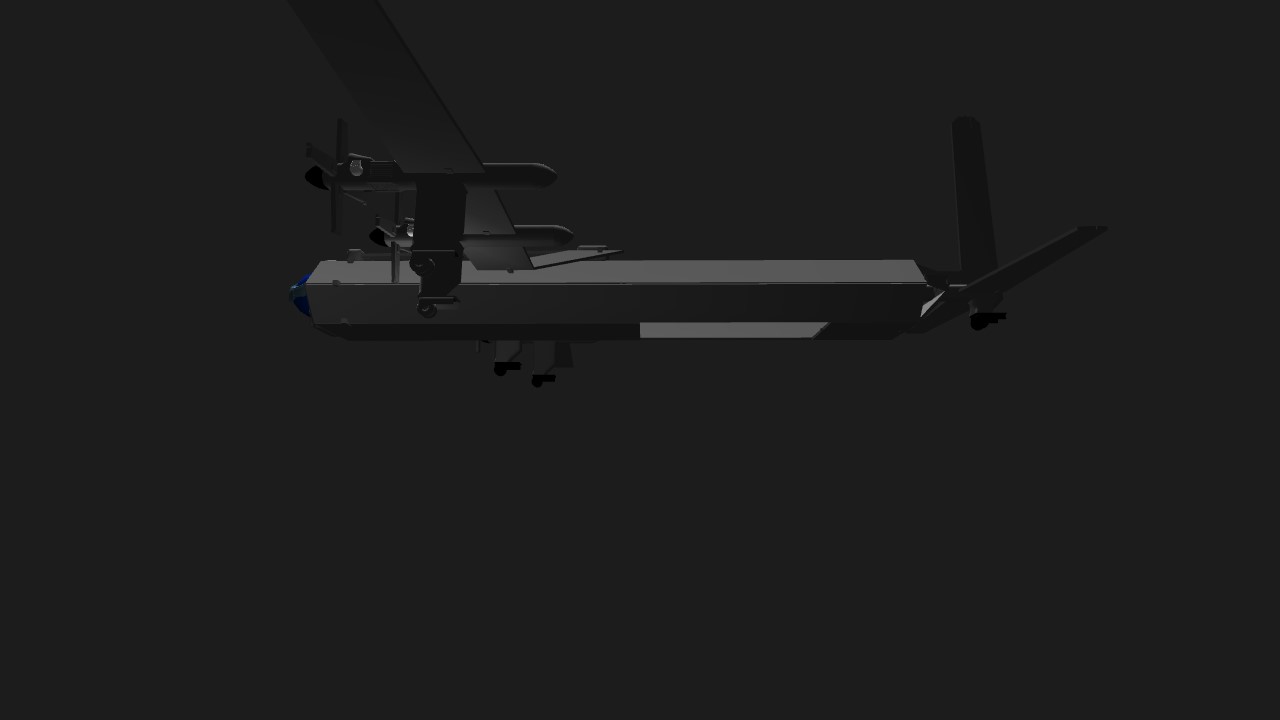
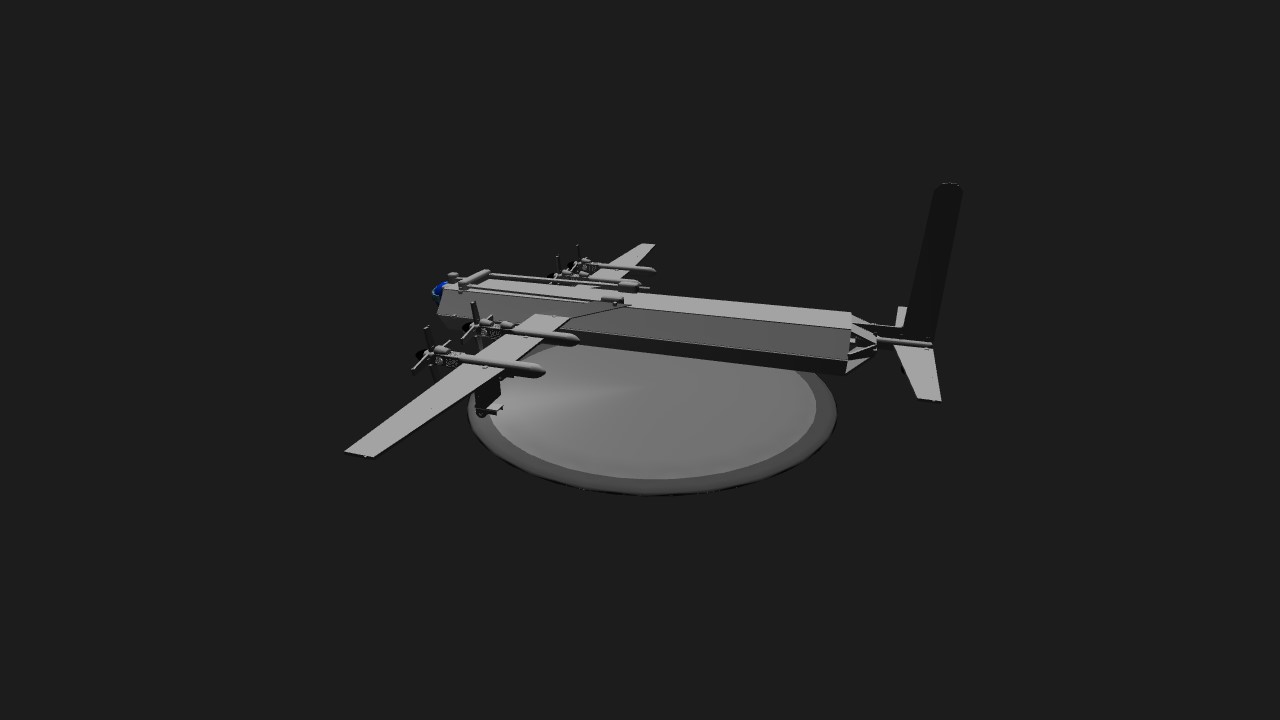
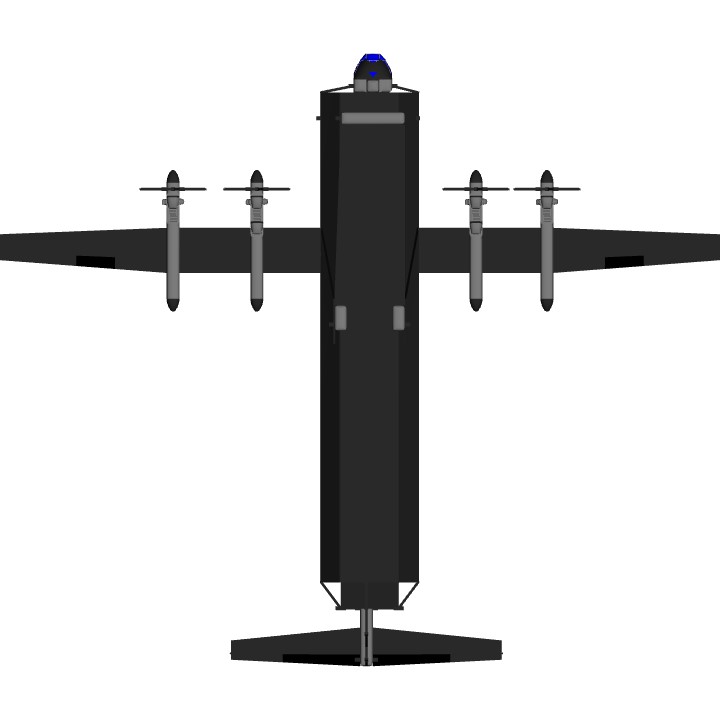
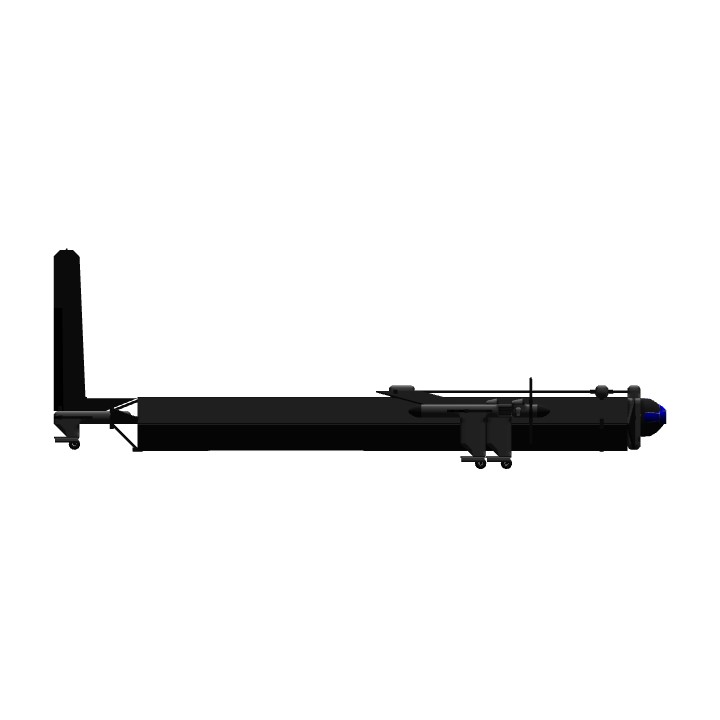

DA HELL!?